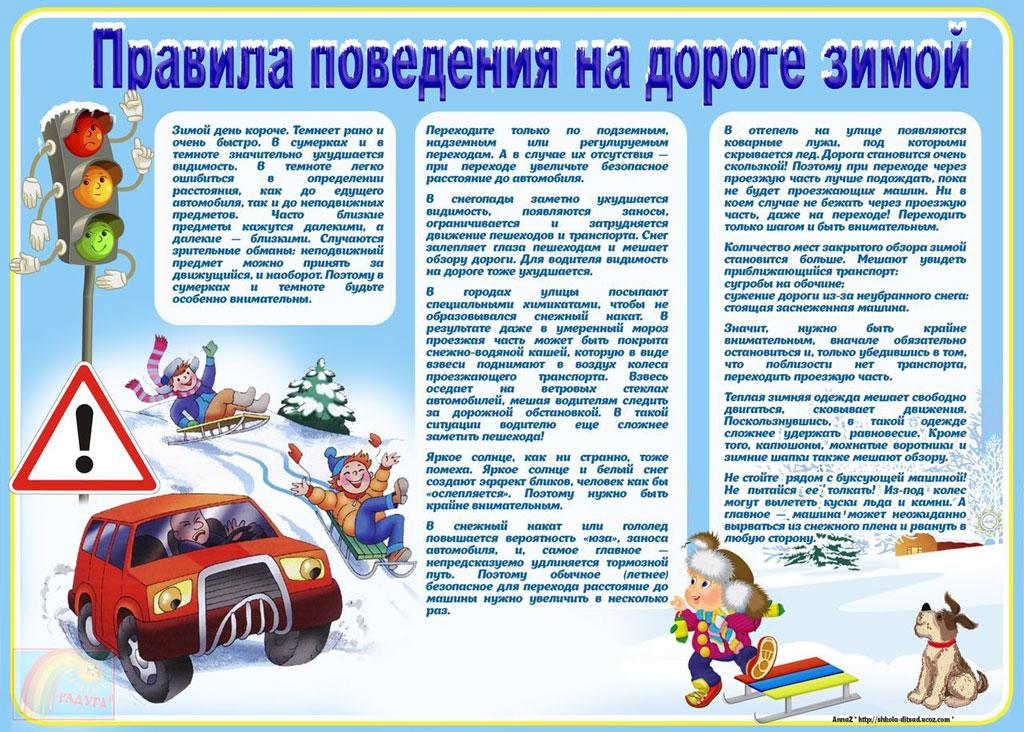
Frosts. They can also affect road safety.
 Even slight frosts can pose a risk to driving safety. This phenomenon can adversely affect visibility and increase the risk of skidding.
Even slight frosts can pose a risk to driving safety. This phenomenon can adversely affect visibility and increase the risk of skidding.
A drop in air temperature below freezing can suddenly make life difficult for drivers. What should be remembered in connection with the onset of frost, the coaches of the Renault Safe Driving School tell.
Good visibility is essential
Often the first sign of frost that can be easily seen is the frozen windows of cars left outside. Therefore, in the autumn-winter season, we must always carry a scraper in the car and include in our plans the time required to remove ice from the windows.
Often, drivers remove ice or frost from only part of the glass, wanting to hit the road as soon as possible. However, sufficient visibility is necessary for traffic safety, because, for example, looking only through a fragment of the windshield, we can see a pedestrian entering the road too late. Driving with a dirty or icy windshield can also result in a fine of up to PLN 500, says Krzysztof Pela, an expert at Renault's Safe Driving School.
If the glass freezes from the inside, the easiest way is to turn on the warm blower and calmly wait until it becomes transparent again. It must be remembered that the source of this problem is most often moisture in the car, so you should pay attention to the regular replacement of the cabin filter, check the condition of the door and trunk seals and ensure that water does not accumulate on the floor mats.
See also: Top 10 ways to reduce fuel consumption
Also remember to use winter washer fluid. In the autumn-winter period, glasses are more likely to get dirty due to precipitation or dirt on the road, so freezing the liquid in the tank can be a very unpleasant surprise.
Driver (not) ready to skid
Many modern cars automatically warn the driver of possible icy roads when the thermometer inside the car detects that the outside temperature is close to zero. Such a warning cannot be ignored, especially after a rainy day, because the water on the road can turn into a so-called. black ice.
Also, do not delay with the replacement of winter tires. Some drivers put off their trip so long that the first snowfall takes them by surprise.
Tires should be replaced when the average daily air temperature falls below 7˚C. In such conditions, summer tires harden and their grip deteriorates, which can be especially dangerous when the road is icy, according to instructors from the Renault Driving School.
Read also: Testing Fiat 124 Spider
